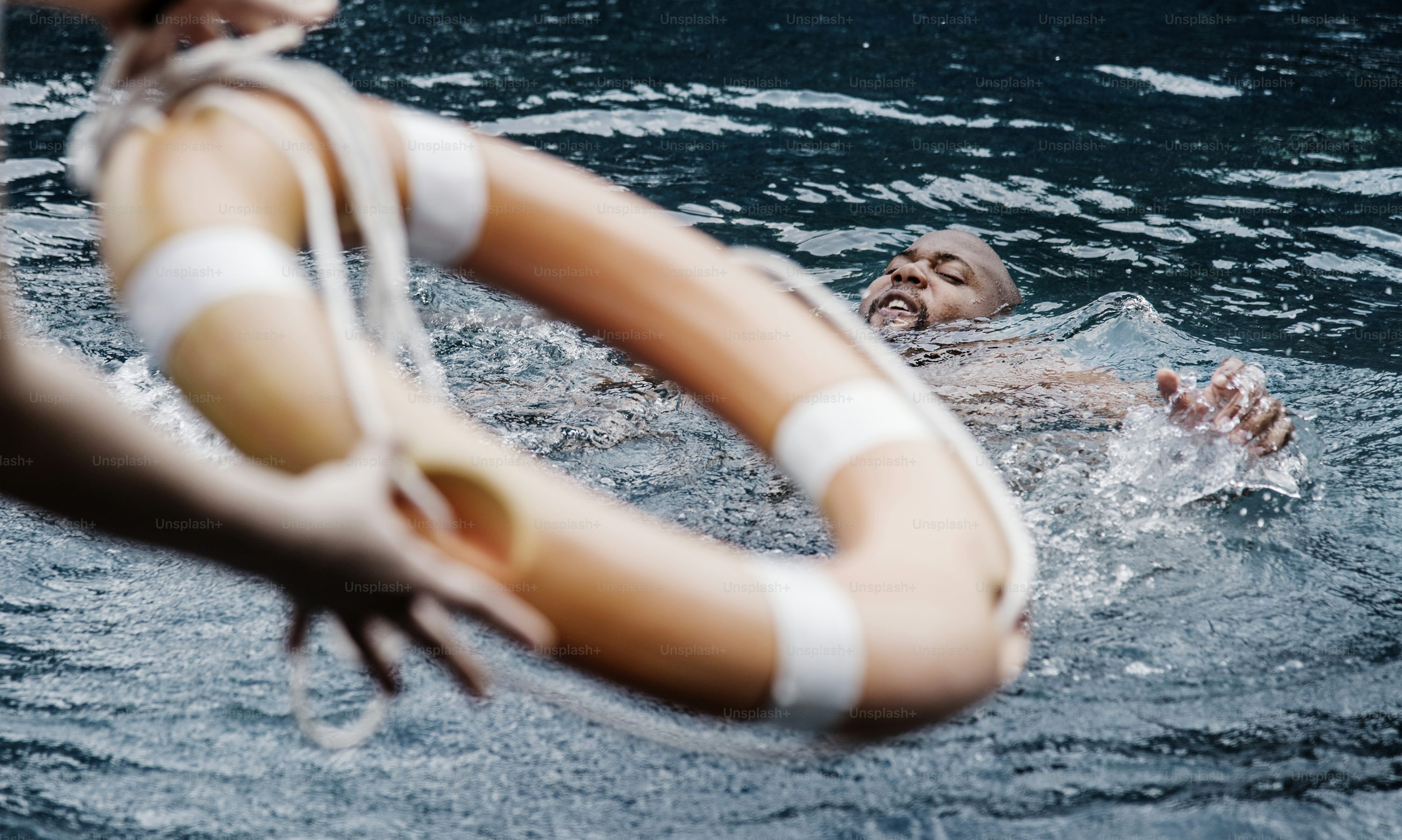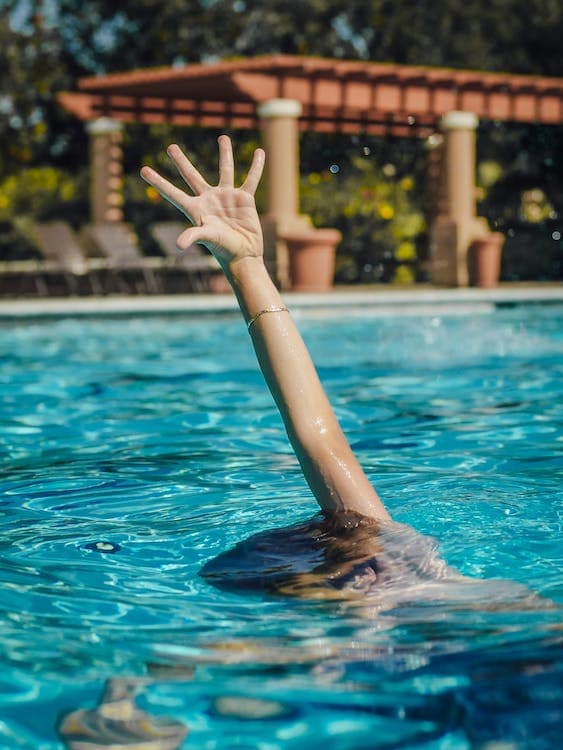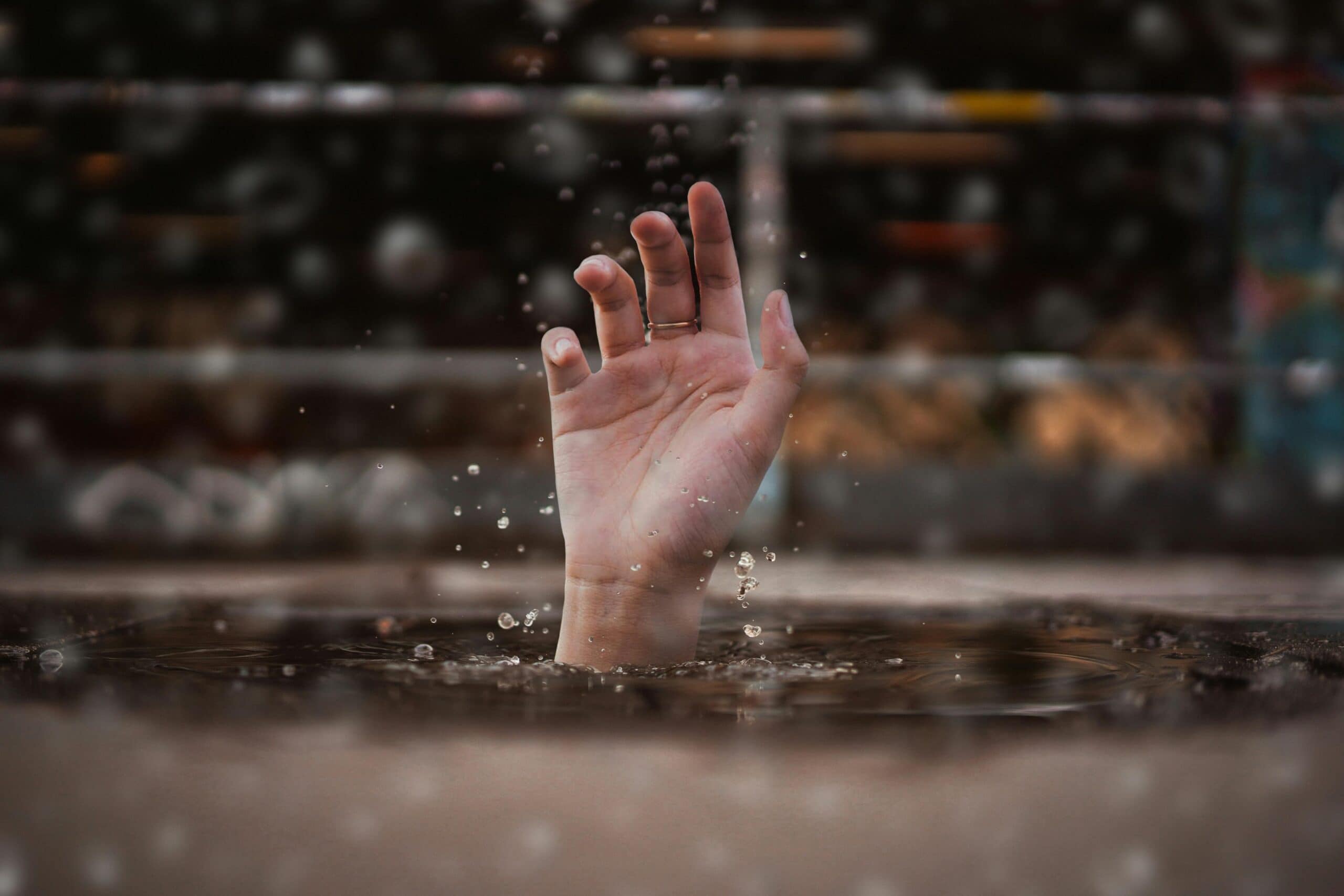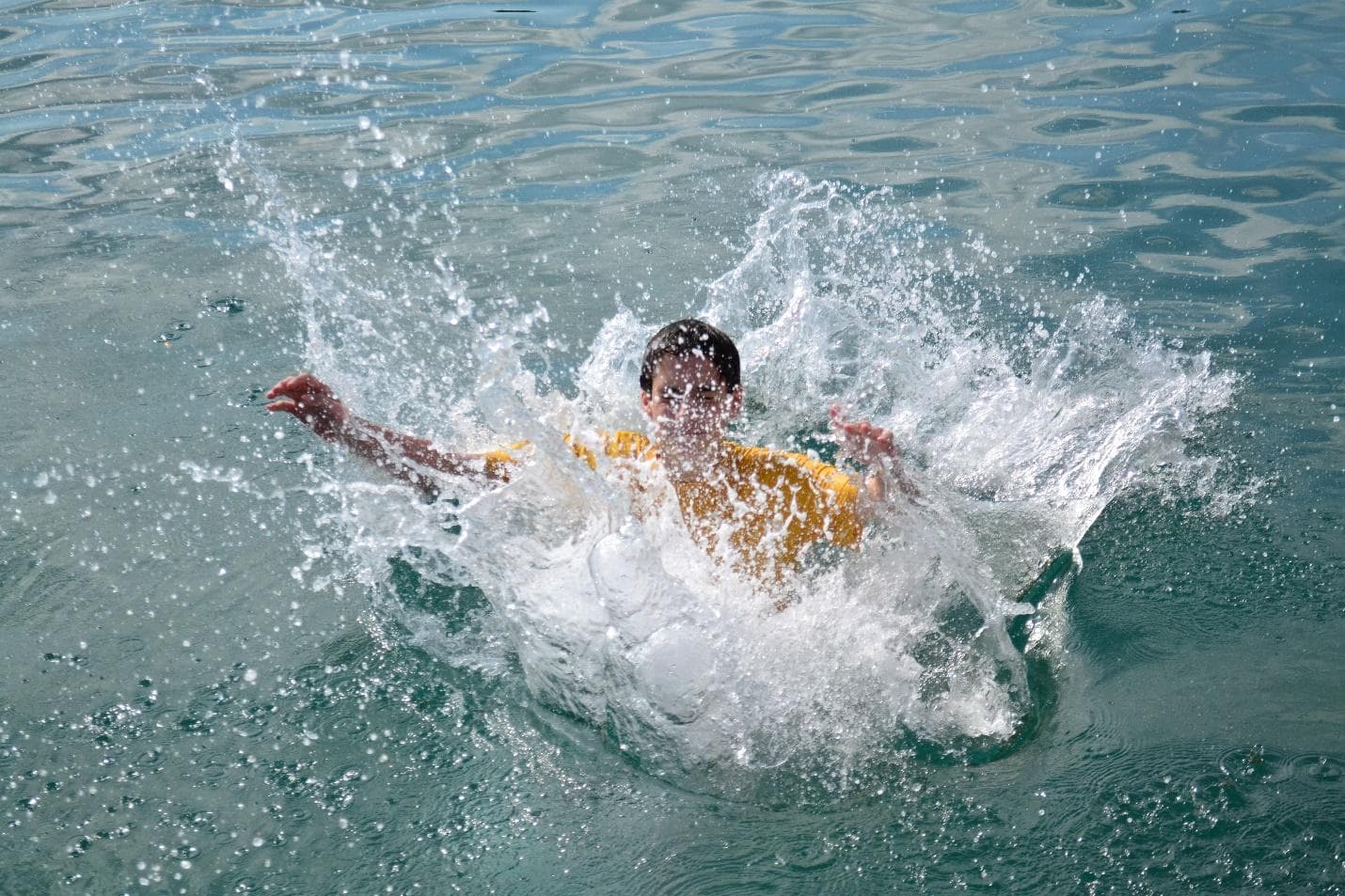
Drowning remains one of the most preventable yet tragic ways people, particularly children, can lose their lives. Before we talk about the common causes of drowning accidents and how to prevent them, we need to discuss how big of a problem drowning is. Let’s begin.
Why Drowning is A Serious Problem
According to the Centers for Disease Control and Prevention (CDC), drowning is the second leading cause of unintentional injury death among children ages 1–14. Surprisingly, drowning fatalities happen most often in swimming pools, but they also frequently occur in natural bodies of water, bathtubs, and even hot tubs.
As we approach the summer months, awareness around drowning prevention becomes critically important. Moreover, it’s crucial to understand the common red flags related to drowning accident lawsuits if you want to have a flawless experience.
In this article, we’ll explore common causes of drowning incidents and outline essential measures you can take to significantly reduce the risk of drowning.
Common Causes of Drowning Accidents
While the drowning risk varies from case to case, there are some common causes that everyone should look out for. Here’s a quick rundown for them:
Lack of Supervision
One of the leading causes of drowning incidents is inadequate supervision, especially when involving children. Studies show that adults watching kids are often unaware of how quickly drowning can occur—sometimes in just seconds and quietly without warning signs.
Children younger than five years old have some of the highest drowning rates, primarily due to a lack of continuous adult supervision. Additionally, older children in the same age range often overestimate their own swimming ability and take unnecessary risks.
Example:
In a tragic event last summer, a four-year-old drowned after wandering into a neighbor’s unfenced pool unnoticed. This underscores the importance of constant supervision and secure environments.

Absence of Swimming Skills
Children and adults lacking proficient swimming skills have significantly higher drowning risks. It is also one of the common causes of drowning accidents. Unfortunately, many people underestimate the value of formal swimming lessons. According to the American Red Cross, early swimming instruction dramatically reduces drowning risk.
Example:
African American children and those from households with lower household incomes statistically have fewer opportunities to acquire adequate swimming skills, increasing their drowning risk significantly compared to Caucasian children and those from higher-income households.
Lack of Proper Safety Precautions
The absence of safety devices like life jackets or inadequate pool security measures contributes notably to drowning cases. Even strong swimmers can become drowning victims if unexpected circumstances occur, like fatigue or medical emergencies.
Example:
Boating incidents frequently occur due to passengers neglecting to wear life jackets, despite recommendations by the Coast Guard. Alcohol consumption further compounds drowning risks in these scenarios.
Alcohol Use
Drinking alcohol near water greatly increases drowning risks because alcohol impairs judgment, coordination, and swimming abilities. CDC reports reveal alcohol as a contributing factor in many drowning incidents involving adults.

Hidden Hazards and Medical Conditions
Underlying medical conditions such as seizure disorders and certain cardiac or neurological diseases increase drowning risk. These conditions often cause sudden incapacitation, making it difficult to stay afloat even in shallow water. Thus, they are also one of the common causes of drowning accidents among victims.
Example:
A young man with epilepsy tragically drowned in his home hot tub after suffering a seizure while unattended, highlighting the necessity for people with medical vulnerabilities to never swim alone.
Effective Prevention Measures Against Common Causes of Drowning Accidents
To prevent drowning, adopting several layers of safety is essential.
Formal Swimming Lessons
Teaching children and adults swimming skills can save lives. Organizations like the American Red Cross emphasize that formal swimming lessons significantly reduce drowning incidents by equipping swimmers with critical water survival skills.
Active and Constant Supervision
Ensuring responsible, vigilant adults continuously monitor children around water is crucial. Supervisors must stay attentive without distractions like phone calls or conversations that divert their focus.
Tip:
Use designated “water watchers” in group settings, rotating every 15–30 minutes to maintain active supervision.
Appropriate Use of Life Jackets
It’s vital to always wear a life jacket, particularly during boating or swimming in open waters. Avoid air-filled or inflatable devices, as they can deflate unexpectedly, increasing drowning danger.
Four-Sided Pool Fences
Installing a four-sided fence around swimming pools reduces the risk of children accessing pool areas unsupervised. CDC data indicates that fenced pools have significantly fewer fatal and non-fatal drownings compared to unfenced pools.
Example:
A recent study in Texas revealed that communities with strict fence regulations experienced fewer drowning fatalities compared to communities lacking adequate safety ordinances.
(This is a serious violation if not followed and you can even go for a lawsuit with the help of a drowning accident lawyer.)
Learning CPR
Knowing cardiopulmonary resuscitation (CPR) is critical. Prompt CPR can save someone’s life, dramatically improving survival rates after drowning incidents. All caregivers and supervisors around water should be trained in CPR.
Avoiding Alcohol Consumption
Avoiding alcohol use when swimming or supervising swimmers drastically reduces drowning risk. Alcohol impairs critical decision-making and emergency response times, creating dangerous situations around pools, lakes, rivers, or beaches.

Recognize and Address Medical Risks
People with medical conditions should discuss water-related safety measures with their healthcare providers. Measures like swimming with a buddy, wearing life jackets, or avoiding solitary swimming can mitigate risks significantly.
Community-Based Drowning Prevention Strategies
Local communities and public health authorities also play a role in drowning prevention. Implementing widespread educational campaigns to promote awareness about drowning risks, especially during peak summer months, enhances community safety.
Initiatives often involve partnerships with schools, local authorities, and the American Red Cross to provide access to swimming lessons and CPR training.
Debunking Common Misconceptions and Mistakes
- “My child knows how to swim.” Even proficient swimmers face drowning risks. Overestimating swimming ability often leads to inadequate supervision, resulting in preventable tragedies.
- “Shallow water is safe.” Young children can drown in as little as two inches of water. Always supervise children around any body of water.
- “I’ll hear someone drowning.” Drowning is often silent—no yelling or splashing occurs, leaving caregivers unaware until it’s too late.
Personal Reflections and Responsibility
Ultimately, ensuring the safety and well-being of loved ones around water starts at home. Parents and caregivers must foster a culture of vigilance and preparedness, drawing from their own experiences to teach children responsible behavior around water.

Final Thoughts
Drowning remains a leading cause of preventable death among children and adults alike, but it doesn’t have to be. Taking proper safety precautions, maintaining vigilance, and understanding the critical importance of injury prevention and water safety will save lives.
It’s everyone’s responsibility—from parents and caregivers to community leaders—to commit to the essential practices outlined above. Together, we can drastically reduce drowning fatalities and protect our communities.
Take Legal Action Against Drowning Accidents with BLG
If you or someone you know has faced a near-drowning or a fatal drowning incident, we’re here for you. Our drowning accident lawyers at Bourassa Law Group are here to help you with the process. Just make sure you share your case and particular problem with us and we’ll take care of the rest.





